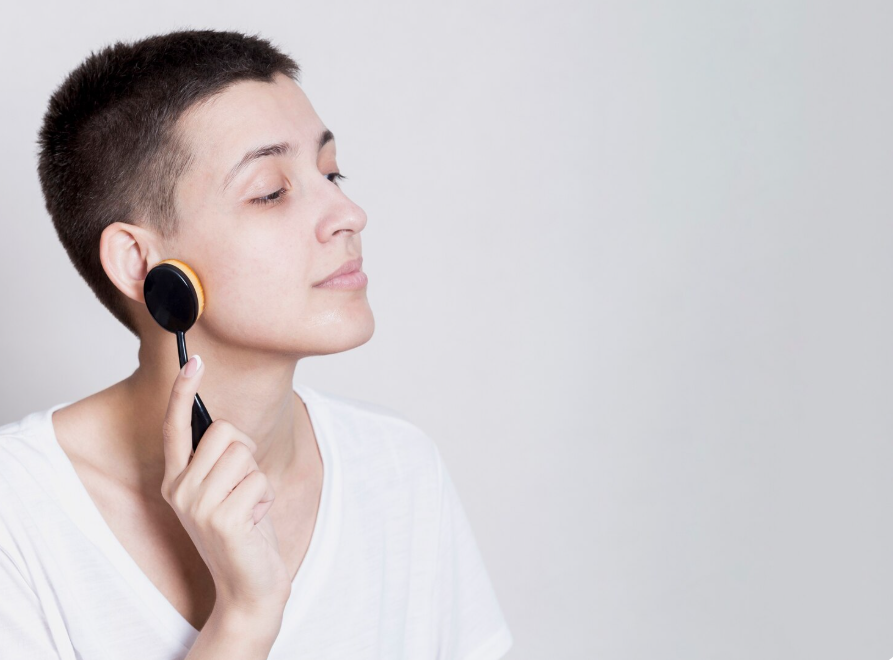Treatment Overview
Fascial flap otoplasty is an advanced surgical method used to correct prominent or protruding ears by combining traditional cartilage reshaping techniques with a fascial flap (a thin tissue layer) to cover and protect the reshaped ear cartilage. This flap acts as a natural cushion, preventing suture exposure, minimizing relapse, and ensuring long-term stability.
In Korea, fascial flap otoplasty is considered a premium technique, favored by patients seeking long-lasting, natural-looking results. Korean surgeons have refined this method to achieve delicate contouring while preserving the ear’s natural flexibility and avoiding an “over-corrected” or artificial appearance.
Purpose & Benefits
The purpose of fascial flap otoplasty is to correct protruding ears in a way that reduces complications often associated with traditional otoplasty methods. Instead of relying solely on permanent sutures, the fascial flap provides additional structural support and protection.
Key benefits include:
- Stronger, longer-lasting correction compared to standard suture-only methods.
- Reduced risk of suture visibility, extrusion, or palpability.
- Natural ear contouring with no sharp edges or unnatural folds.
- Maintains ear flexibility and soft tissue integrity.
- A solution for primary otoplasty and especially effective in revision cases where previous surgeries failed.
Ideal Candidates
Fascial flap otoplasty in Korea is recommended for:
- Patients with significantly protruding ears due to cartilage shape or conchal hypertrophy.
- Individuals who experienced relapse or complications from previous otoplasty.
- Those with thin skin over the ear, where sutures could otherwise be visible.
- Adults and children (over 6 years old) who desire permanent, natural results.
- Patients who want to minimize the risk of secondary corrections.
Possible Risks & Complications
Although fascial flap otoplasty reduces many risks associated with traditional methods, potential complications can include:
- Temporary swelling, bruising, or discomfort.
- Minor asymmetry between ears.
- Scar formation behind the ear (usually well hidden).
- Rare cases of infection or hematoma.
- Slight stiffness in the ear during early healing (typically temporary).
In Korea, these risks are minimized thanks to precise surgical planning, advanced microsurgical tools, and careful post-operative care.
Surgical Techniques Used
The fascial flap otoplasty procedure typically involves:
- A small incision hidden behind the ear.
- Creation of a fascial flap from the surrounding tissue.
- Cartilage reshaping using techniques such as the Mustardé sutures (to enhance antihelical fold) or Furnas sutures (to set back the conchal bowl).
- Placement of the fascial flap over the cartilage and sutures to act as a protective layer.
Korean surgeons often combine this with endoscopic guidance for better precision and use biocompatible, long-lasting sutures that further ensure durability.
Recovery & Aftercare
Recovery from fascial flap otoplasty is relatively smooth:
- First week: A protective bandage or headband is worn continuously. Swelling and bruising are mild compared to traditional methods.
- 2–3 weeks: Patients return to work, school, or social activities.
- 1–3 months: The ears settle into their final, natural position with well-hidden scars.
Korean clinics often provide scar-minimization treatments, LED light therapy, and swelling reduction care, ensuring that healing is as fast and comfortable as possible.
Results & Longevity
The results of fascial flap otoplasty are stable, natural, and long-lasting. Patients enjoy:
- Symmetrical ears that sit closer to the head.
- A smooth, natural ear contour without visible sutures.
- Long-term results with reduced risk of relapse compared to traditional methods.
- Improved facial balance and enhanced self-confidence.
Because the fascial flap protects sutures and reinforces cartilage reshaping, the results are considered more durable than conventional suture-only otoplasty.
Treatment Process in Korea
Korea is a global leader in innovative otoplasty techniques, and fascial flap otoplasty is one of the specialized approaches offered at top clinics. The treatment process usually includes:
- Comprehensive consultation with 3D imaging and ear analysis.
- Personalized surgical plan tailored to each patient’s anatomy.
- Refined fascial flap technique with hidden incisions for minimal scarring.
- Enhanced aftercare programs, including scar treatment and follow-up monitoring.
International patients also benefit from Korea’s advanced medical tourism services, which include English-speaking coordinators, personalized care packages, and streamlined recovery support.
Cost Range
The cost of fascial flap otoplasty in Korea varies depending on whether one or both ears are treated and if it is a revision case:
- Unilateral (one ear): USD $3,500 – $5,500
- Bilateral (both ears): USD $6,000 – $9,000
- Revision cases: USD $7,500 – $12,000
While slightly more expensive than traditional otoplasty, the enhanced stability and lower risk of recurrence make it a worthwhile investment.
Popular Clinics in Korea
Clinics known for fascial flap otoplasty include:
- Banobagi Plastic Surgery – renowned for advanced otoplasty and revision procedures.
- JW Plastic Surgery – specialists in fascial flap techniques for long-lasting results.
- ID Hospital – experts in facial harmony and cartilage reshaping.
- View Plastic Surgery – popular among international patients for complex ear surgeries.




